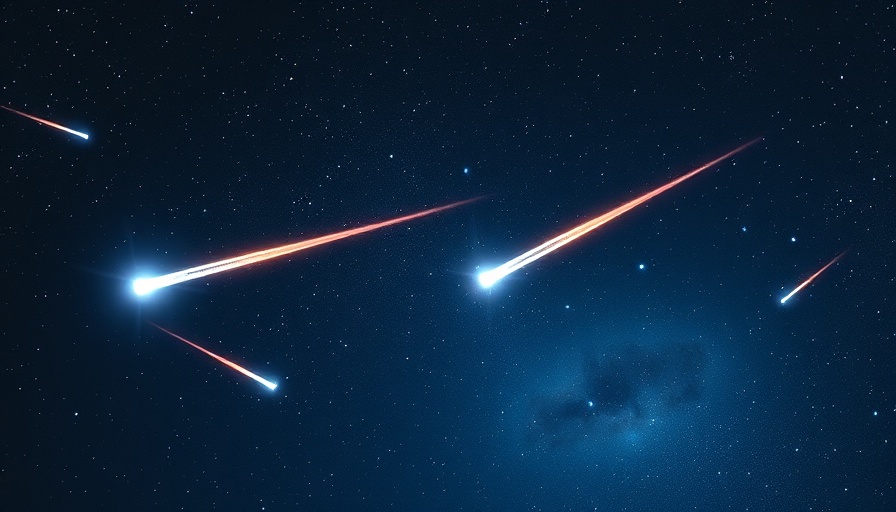
Unraveling the Space Rock Mystery: A New Scientific Breakthrough
In a groundbreaking study published in Nature Astronomy, scientists have made significant strides in understanding the riddle of how carbon-rich meteoroids—those linked to the origins of life—are scarce on Earth. Despite being abundant in the cosmos, less than 5% of meteorites collected on our planet are carbonaceous, which are rich in organic materials and water. This study is pivotal in shedding light on how these essential building blocks of life may have made their way to Earth.
The Study’s Scope: A Comprehensive Approach
The international research team, including experts from Curtin University and the Paris Observatory, undertook the largest assessment yet of meteorite impacts, scrutinizing nearly 8,500 meteoroids. Utilizing data gathered from 19 fireball observation networks across 39 countries, this study stands as the most exhaustive of its kind, providing clarity on previously misunderstood phenomena.
Atmospheric Filters and Their Implications
The researchers discovered that Earth's atmosphere, along with solar influences, acts as a giant filter that obliterates fragile carbon-rich meteoroids long before they can touch down on Earth. Dr. Hadrien Devillepoix emphasized that many of these meteoroids break apart before they even reach Earth due to the intense heating caused by their close encounters with the Sun. This observation is monumental in understanding the survival of carbonaceous materials as they journey through our solar system.
Understanding the Building Blocks of Life
Carbonaceous meteorites are considered chemically primitive materials containing not just water but also organic molecules and amino acids—crucial elements linked to life development. The limited collection of these meteorites on Earth potentially skews our understanding of their cosmic prevalence and the mechanisms behind life's emergence on our planet. Dr. Patrick Shober noted this gap highlights the importance of understanding the filtering process, which could alter our interpretations of the conditions that promoted life on Earth.
The Future of Astrobiology and Extraterrestrial Missions
These findings are not only significant for theoretical discussions but also could have practical implications for future asteroid missions and impact hazard assessments. As we further explore the solar system, understanding the fragility of meteoroids and their ability to survive atmospheric entry will be critical. Such insights could reshape our approaches to space missions aimed at retrieving samples from asteroids, thereby providing a deeper understanding of our solar system's history.
Why This Affects Us All
This research has broader implications beyond space science; it invites us to ponder profound questions about our origins and the fundamental nature of life. As we grapple with the mysteries of existence and the universe, these insights into meteoroids prompt us to consider our place in the cosmos. The search for life beyond Earth is intimately tied to understanding how life began here, making this research a cornerstone for future astrobiological studies.
Actionable Insights for Enthusiasts and Students
The research opens avenues for students, young professionals, and enthusiasts in the fields of earth sciences, astrobiology, and even philosophy. Engaging with these findings can inspire projects, further studies, or discussions within communities. Those interested in cosmic phenomena may want to explore local educational programs that align with these scientific breakthroughs, leveraging this newfound understanding to foster connections between space science and everyday life.
Understanding the significance of the findings about carbonaceous meteoroids and their journey through our solar system could also encourage discussions surrounding the scientific lifecycle of materials in a broader context. For residents of Dallas and beyond, engaging with this topic opens the door to exploring how space science intersects with local initiatives and educational frameworks. Whether it's through local science festivals, lectures, or community outreach, these findings present a unique opportunity to inspire curiosity either in classrooms or living rooms.
 Add Element
Add Element  Add Row
Add Row 



 Add Row
Add Row  Add
Add 


Write A Comment